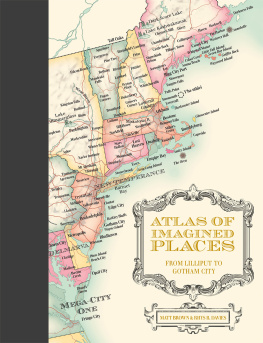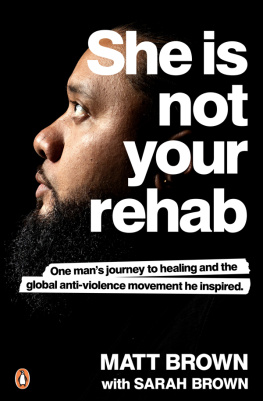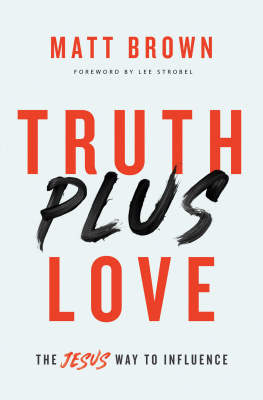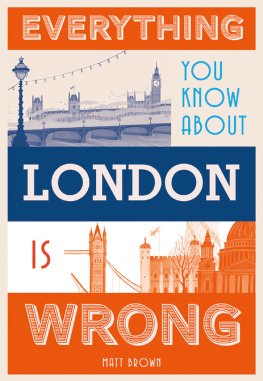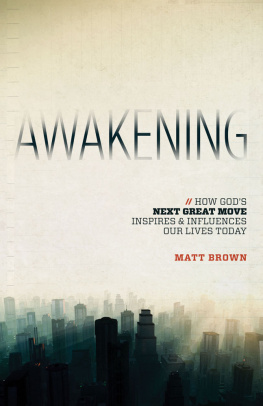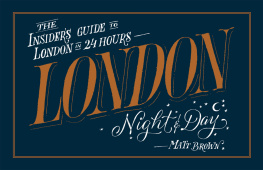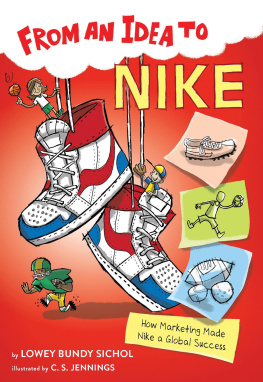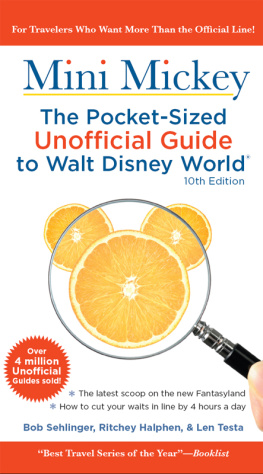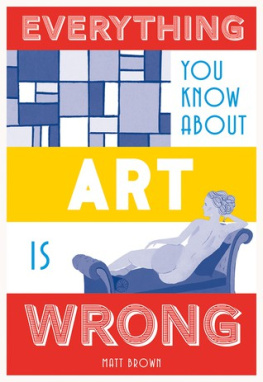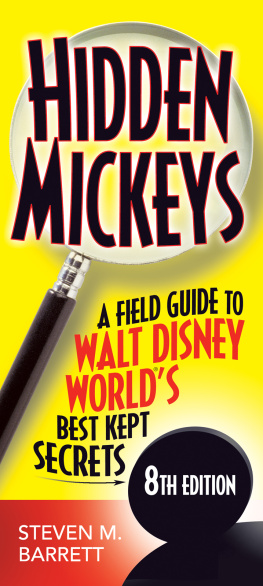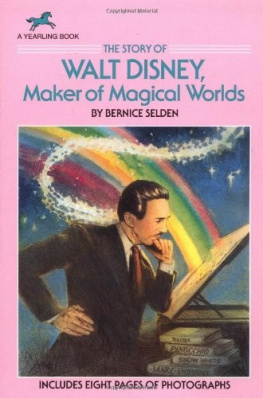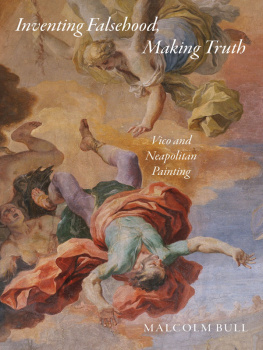Everything
You Know
About Art
Is Wrong
To Mum, Dad and Uncle Chris
Everything
You Know
About Art
Is Wrong
Matt Brown
Contents
Introduction
This is a book about the joys and opportunities of being wrong. Specifically, being wrong about art in any form. One of my earliest memories involves being wrong about art.
As a young child, I watched an art show in which the host created beautiful images with pastels. This was exciting. I wanted to have a go. If I could get my hands on some pastels, I could impress my chums, who were still struggling along with felt tips, wax crayons and the wishy-washy paints of the infant classroom. Pastels looked sophisticated.
Clutching my pocket money, I marched round to the supermarket, bought my supplies and headed into school. But something went wrong. My pack contained a range of coloured pastels, but none of them would leave much of a mark on paper. Worse, my sheet became torn and sugar coated as I dragged the pastels across its surface. Turns out that fruit pastilles are not the same thing as pastel crayons.
It was an embarrassing mistake, but one I never forgot. Thats the thing about getting something wrong it sticks in the memory. And that is where the inspiration for these books comes from. Presented in these pages are dozens of ideas about art that many of us take for granted which, with some probing, turn out to be wrong, or only partially correct.
Despite the title, my chief ambition here is not to poke holes in peoples knowledge nor to ridicule common ignorance. Rather, Im hoping to tell the story of art through a different filter. If its true that we learn best from our mistakes, then it seems to me that a focus on those mistakes is the most efficient way to get under the skin of a subject.
One of the pitfalls of describing art is that, to use an old clich, a picture is worth a thousand words. A writer will often spend several paragraphs minutely describing the appearance of a painting partly because the books illustration budget didnt allow for reproductions. Neither does mine. But nor, in the 21st century, does it need to. Most of us now have a smartphone or tablet within reach at all times you might even be reading on one. If I mention an unfamiliar work of art in the text, by all means look it up on an image search. Pan around; zoom in. Get a feel for the work before returning to the book. Its not cheating. Quite the opposite. You can often study paintings at far higher resolution than any print reproduction would allow, and Id rather fill these pages with intriguing stories than labour away at descriptions.

Another peril before me is the nebulous nature of the topic. The question What is art? has an infinity of answers, and my personal take on the subject may well be very different from yours. Ive chosen to focus on the so-called fine arts of painting and sculpture, with elements of drawing, photography and architecture thrown in for good measure. I'm aware that the topics also have a strong bias towards Western art. This is a necessary and inevitable limitation of a book dealing with misconceptions among a mostly Western audience.
So, sit back, prepare to abandon your old beliefs and prejudices about art, open a packet of fruit pastilles, and let the nitpicking begin.
The World of Art
Before we get down to specifics, lets spend a chapter looking at the art world itself. What is art? How is it created? How is it displayed? And how true are the stereotypes about artists?
All artists are tortured geniuses who live Bohemian but impoverished lifestyles
We all have a picture in our heads of the stereotypical artist: a tatterdemalion maestro, frantically working at his canvas. A loner, locked away in his garret for hours, with only a bottle of absinthe, a pile of final demands and the demons in his head for company. The artist must suffer for his art.
Like all stereotypes, this picture contains a kernel of truth. Many artists have worked under impoverished conditions. Some of the biggest names in art suffered from mental-health issues. Plenty of artists have risked their well-being and finances in pursuit of creative perfection.
Is that right, though? Is it always like that? Well, of course not. Artists come in all shapes, flavours and income brackets, just like people of any other profession. Yes, there have been several notable artists with troubled minds van Gogh (185390) and Goya (17461828) to name but two but one might also list dozens of musicians, authors and composers who have struggled with mental-health difficulties. The list need not be limited to traditional creative types, either. Statesmen such as Caligula, Lincoln and Churchill, and the entrepreneur Howard Hughes, are all high-profile examples. Artists have no monopoly on a tortured mind.
What about the notion that mental instability can drive creativity? After all, van Gogh painted some of his greatest works, including Starry Night , while living in a mental asylum. The old platitude that theres a fine line between madness and genius might seem reasonable. After all, creative people are, by definition, those who are able to use their minds in ways that others cant. Indeed, scientific studies, published in respectable journals, have shown links between creativity and mental illness. In one study, artists and other creative professionals were found to be 25 per cent more likely to carry genes associated with bipolar disorder and schizophrenia. To bend a crass clich, you dont have to be crazy to work as an artist, but it helps.
Or does it? Correlation does not imply causation. Artists might be more likely to suffer from mental-health problems, but that does not mean their ailments drive their creative powers. One could think of alternative theories for the genetic connection. It could be that those with mental illnesses are drawn towards the arts more than those without, as an outlet for emotions. Its not that their difficulties make them more creative, but that theyre more likely to pick up a paintbrush in the first place. Other credible research has shown that creativity is enhanced by a positive mood, and inhibited by a negative mood, seemingly contrary to the expectations of the tortured genius. Whatever the case, the connection between creativity and mental illness remains debatable.
The myth of the starving artist, meanwhile, has many origins, both real and fictional. One oft-quoted source is the 19th-century novel Scnes de la vie de bohme by Henri Murger (182261). This popular book depicted a set of indigent artists living in the Bohemian quarter of Paris. This lifestyle eschewing the pursuit of wealth for the purity of art became the romantic ideal of the struggling artist. The great creators must cast aside everyday distractions like eating, personal hygiene and earning a wage, and put all their powers into their work.
The passionate struggle may be seen in some artists, but its also true of anyone with a driven mind. How many business owners put in 15-hour days to get their start-up off the ground? Ive known accountants burn the midnight oil in order to complete tax returns. The notion of going without food, rest or sleep to focus on just one thing will sound very familiar to anybody with a small child. Artists are not the only ones to toil.


